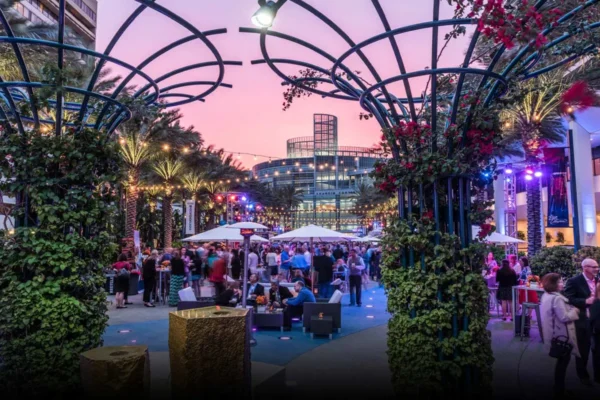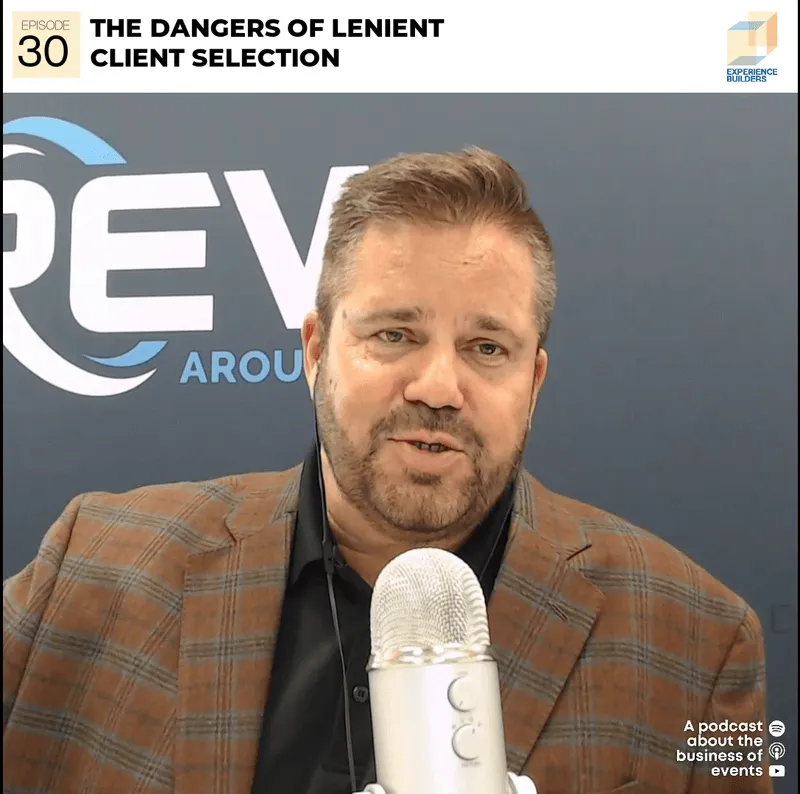by Bob McGlincy, Willwork
Post-pandemic businesses of all types and sizes are short on staffing and talent all around the country. We hear about it on the news, see it in “help wanted” signs in storefronts, and experience it as customers in restaurants, hotels, and airports. One of the heaviest hit industries is the convention industry. Paul VanDeventer, the CEO of Meeting Professionals International, said, “I look at the industry now, 65% of the workforce is new and 10 years younger. So, there’s a massive need for training and workforce development… We have to look to continue to draw people into the industry.”
Short Term Solutions.
Recruit. Train. Partner. Make it work… One show, one day at a time. Do whatever it takes and try not to burn everyone out.
At the NBAA show in Vegas, large labor numbers were required to make it happen. The highest EAC single day labor call exceeded 750 people, and that number did not include the hundreds working for the General. Another example: During a busy fourth quarter week in a smaller convention city, one company had seven overlapping events, including two GC shows. One show required over 200 people a day, for five days, with a concurrent show needing over 70 people. Labor calls were filled through the collective work of unions, companies, family and friends—and by massive pre-planning and dedicated work.
2024 will likely be the busiest tradeshow year in U.S. history. It will be necessary to continue to recruit new people the old fashioned way, as well as sharing labor resources with trusted partners (which may be easier said than done.) Moving forward, it will be essential to build new avenues to drive the next generation work force.
Long Term Solutions.
(1) Advocate for the industry. People need to be aware that they can have fun and make a good living with tradeshows. Recruiting talent is everyone in the business’ business.
(2) Educate members of Congress to understand the importance of this $100 billion industry. Enlist their support in creating solutions. Last summer, Congress held hearings to re-allocate existing dollars to invest in the workforce of the future. Two bi-partisan bills, both supported by ECA and ASAE, allowed for Pell Grants and college savings programs to be used for shorter term job training programs, (S.141/H.R.793 and S.722/H.R.1477). ECA Legislative Action Day 2024 will be Thursday, May 30. (Will you, or someone from your company be attending?)
(3) Establish a NAICS code for the live events industry and utilize existing government programs to pay for training. The Exhibitions and Events Workforce Development Federation was founded by Laura Palker. She is one of the original organizers of the National Trade Show Alliance and has stated: “The cost of building our industry’s future workforce without assistance will be prohibitive. Utilizing the Department of Labor Registered Apprenticeship Program allows us to develop our presence exponentially. Assistance is available both financially and systematically, providing an opportunity to add O*NET codes much quicker than is usual and customary.”
People Make the Difference.
For many companies and shows, 2023 has already surpassed pre-pandemic heights. Unless something catastrophic happens, 2024 will be a banner for the convention industry. But with more shows, and more business, there will be a shortage of experienced labor. It is important that exhibitors, and display houses, plan their show floor needs further in advance. There is an old trade show adage— “the more info sooner, the better the service”—that will become even more true in the coming months and years.
Willwork creates labor and technology solutions for experiential marketing applications, including tradeshow exhibits, corporate events, brand activations, and themed retail environments. Bob McGlincy is director, business management. He can be reached at Bob.McGlincy@willwork.com
This story originally appeared in the Q1 2024 issue of Exhibit City News, p. 14. For original layout, visit https://issuu.com/exhibitcitynews/docs/ecn_q1_2024.
































